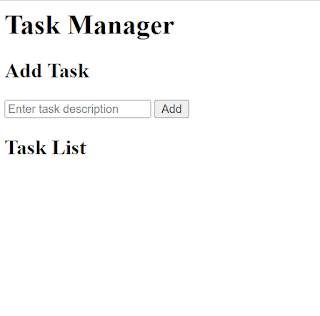Hosting Task Manager App in PythonAnywhere: Step-by-Step Guide
Introduction: Hosting your web application on a reliable platform is crucial to make it accessible to users worldwide. PythonAnywhere is a popular platform that allows you to deploy and run Python applications in the cloud. In this tutorial, we will walk through the process of hosting a Task Manager app on PythonAnywhere. We will cover the following steps: Add a New Web App: Navigate to the PythonAnywhere dashboard and log in to your account. Click on the "Web" tab and then click "Add a new web app" to create a new application. Add Python Code in /home/ziaasp/mysite/flask_app.py: In the "Code" section of the PythonAnywhere dashboard, click on the "Go to Directory" link for the newly created web app. Inside the web app directory, create a new file called flask_app.py . Copy and paste your Flask application code into flask_app.py . Make sure to include all the necessary dependencies and routes. Create a New Folder Called "templates" and...
